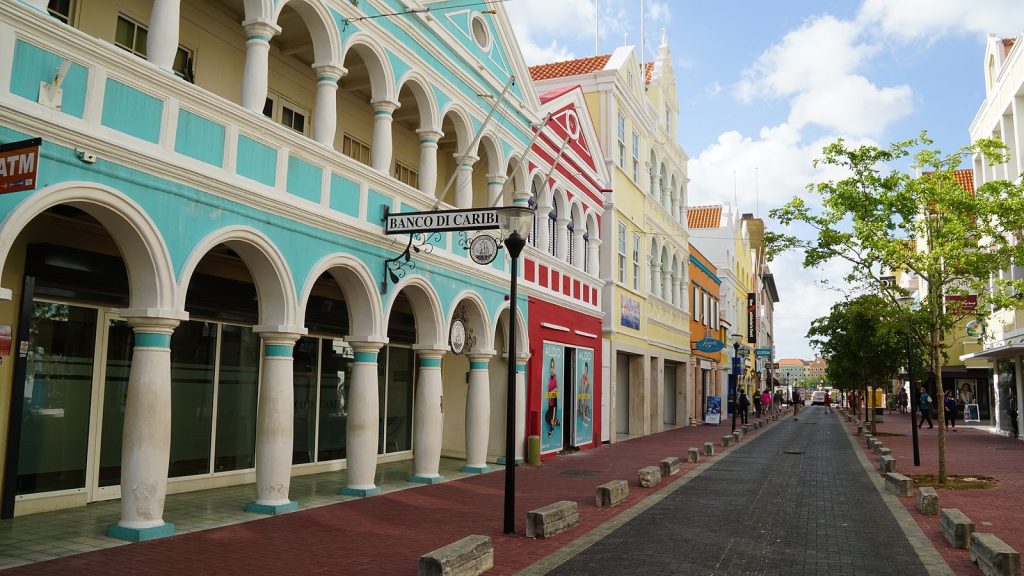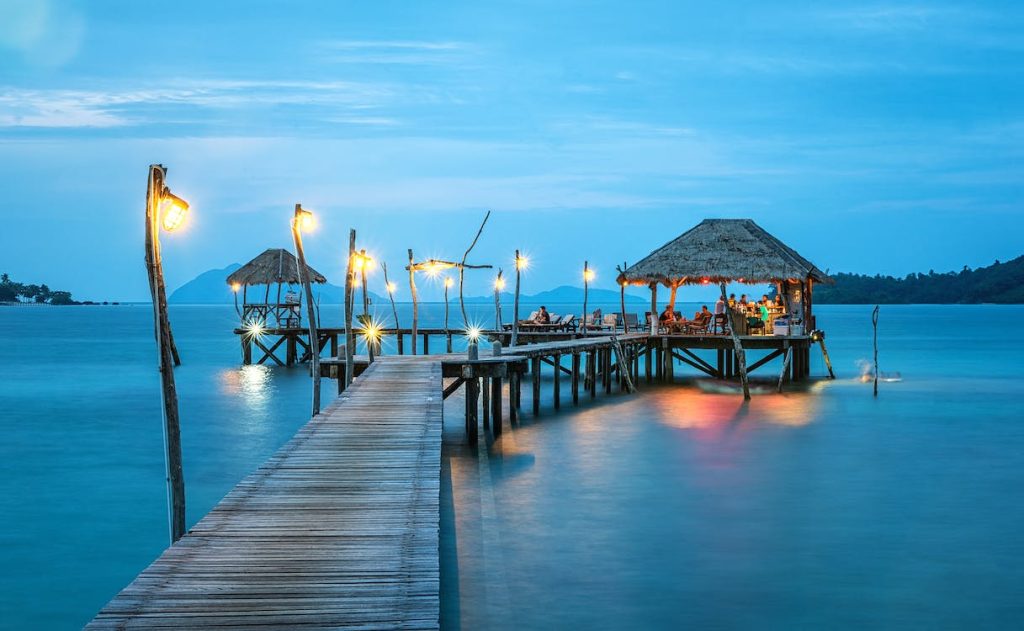The Dutch Caribbean, characterized by its crystal-clear waters, dynamic culture, and storied past, showcases a rich tapestry of human achievement unfolding across centuries. Central to this story are the ports, pivotal hubs facilitating trade, conquest, and cultural interchange. Originating from modest colonial origins, these ports have transformed into vibrant epicenters of commerce and tourism, offering a captivating journey through the annals of time.
Colonial Beginnings: The Early Development of Ports
The history of Dutch Caribbean ports is deeply intertwined with the colonial ambitions of European powers during the Age of Exploration. In the early years, ports served as crucial hubs for trade, military operations, and colonial administration. Dutch maritime activities in the Caribbean began in the 16th century when the Dutch West India Company established colonies and trading posts in the region.
Ports like Willemstad in Curaçao and Oranjestad in Aruba were strategically located to facilitate trade routes between Europe, the Americas, and Africa. These ports served as centers for the transshipment of goods such as sugar, spices, slaves, and other commodities.
The development of infrastructure, including docks, warehouses, and fortifications, reflected the importance of these ports in the colonial enterprise.
Trade Expansion and War: The 17th and 18th Centuries
The historical evolution of Dutch Caribbean ports in the 17th and 18th centuries was deeply intertwined with trade expansion and war. During this period, the Dutch Republic emerged as a major colonial power with significant interests in the Caribbean region. Several key factors contributed to the evolution of Dutch Caribbean ports during this time, including economic interests, geopolitical rivalries, and the broader dynamics of European colonialism.
Economic interests
The Dutch Republic was one of the leading maritime trading powers of the 17th and 18th centuries. Dutch merchants were heavily involved in global trade networks, particularly in commodities such as sugar, tobacco, coffee, spices, and slaves.
The Caribbean region, with its fertile land for sugar plantations and strategic location for trade routes, became a crucial area of interest for Dutch merchants and colonial administrators. Dutch Caribbean ports served as vital hubs for the transshipment of goods between Europe, Africa, and the Americas.
Geopolitical rivalries
The expansion of Dutch Caribbean ports was also shaped by geopolitical rivalries among European powers. During the 17th and 18th centuries, the Dutch Republic competed with other colonial powers, notably Spain, France, and England, for control of overseas territories and trade routes. This competition often led to conflicts and wars, both in Europe and in the colonies. The Dutch engaged in numerous conflicts with these rival powers, such as the Anglo-Dutch Wars and the Franco-Dutch War, which had implications for the control and development of Dutch Caribbean ports.
Strategic importance
Dutch Caribbean ports held strategic importance for the Dutch Republic due to their role as centers for trade, defense, and naval operations. Ports such as Willemstad in Curaçao, Oranjestad in Aruba, and Philipsburg in Sint Maarten served as important bases for Dutch naval and merchant fleets operating in the Caribbean. These ports were fortified to protect against attacks by rival European powers and were instrumental in securing Dutch interests in the region.
Colonial administration
The Dutch established colonial administrations in the Caribbean to govern their overseas territories and exploit their economic resources. Dutch Caribbean ports served as administrative centers where colonial officials managed trade, enforced laws, and oversaw the plantation economy. The Dutch West India Company (WIC) played a significant role in the administration of Dutch colonies in the Americas, including the Caribbean, and exerted considerable influence over trade and governance in the region.
Slave trade
The Dutch were heavily involved in the transatlantic slave trade, and Dutch Caribbean ports played a central role in this brutal enterprise.
Enslaved Africans were transported to the Caribbean to work on sugar plantations and other agricultural enterprises. Dutch merchants profited immensely from the trade in enslaved people, and Dutch Caribbean ports were key nodes in the network of slave ships crisscrossing the Atlantic.
The 19th Century: Emancipation and Economic Change
The 19th century brought significant changes to Dutch Caribbean ports, driven by shifts in global economics and the abolition of slavery. The decline of the transatlantic slave trade and the gradual emancipation of enslaved people led to profound transformations in the region’s economy and society.
Dutch Caribbean ports adapted to these changes by diversifying their economic activities. Agriculture, shipping, and trade continued to be important, but new industries such as oil refining and tourism began to emerge. Ports like Willemstad evolved into bustling commercial centers, attracting migrants from across the Caribbean and beyond.
20th Century Modernization and Growth

In the 20th century, Dutch Caribbean ports evolved significantly due to economic, technological, and political changes:
Colonial Legacy: Originally serving colonial trade, ports like Willemstad and Oranjestad adapted to new demands.
Modernization
Advances in transportation spurred port infrastructure upgrades, accommodating larger vessels and increased trade.
Industrialization
Ports played a key role in supporting industrial growth, particularly with the discovery of oil in Aruba and Curaçao.
World War II
Some ports became strategic military bases, while others faced trade disruptions, leading to post-war reconstruction efforts.
Tourism and Containerization

The tourism boom and containerization revolutionized port operations, necessitating further expansion and modernization.
Decolonization and Challenges
Independence brought both opportunities and economic challenges, influencing port development.
Globalization
Ports adapted to remain competitive, implementing modernization projects for efficiency, security, and sustainability.
Throughout these changes, Dutch Caribbean ports evolved into vital hubs of global maritime trade and regional economic activity.
Future Outlook: Preserving Heritage in Modern Times
As Dutch Caribbean ports continue to evolve in the 21st century, preserving their historical heritage remains a critical concern. Efforts to conserve and protect historic sites, buildings, and artifacts ensure that future generations can appreciate the rich legacy of these ports. Check what SeaHarbor agency offers in Dutch Caribbean region.
At the same time, Dutch Caribbean ports face new challenges, including climate change, environmental degradation, and the need for sustainable development. Balancing economic growth with environmental stewardship and cultural preservation will be essential to ensure the long-term viability of these ports.
In conclusion, the historical evolution of Dutch Caribbean ports reflects the complex interplay of colonization, trade, and cultural exchange over the centuries. From their colonial beginnings to their modern-day significance, these ports have played a central role in shaping the history and identity of the Caribbean region.




